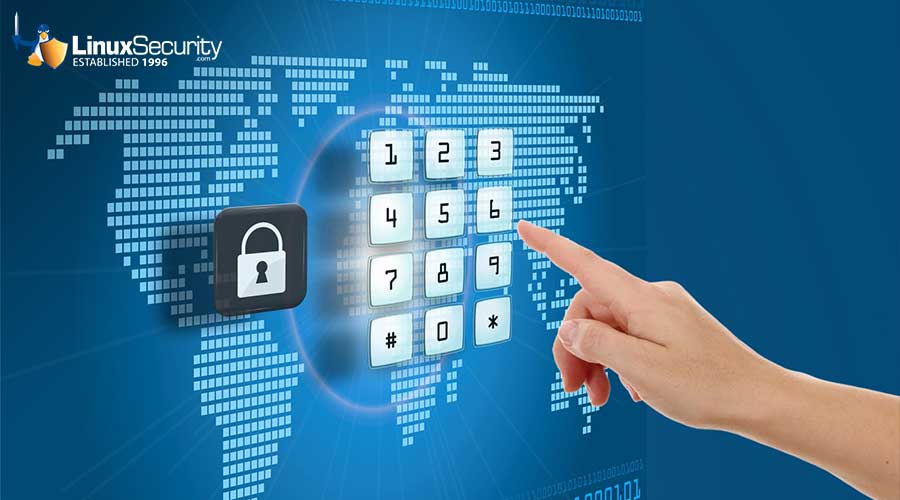Understanding RSA/DSA authentication
Many of us use the excellent OpenSSH (see Resources later in this article) as a secure, encrypted replacement for the venerable telnet and rsh commands. One of OpenSSH's more intriguing features is its ability to authenticate users using the RSA and DSA authentication protocols, which are based on a pair of complementary numerical keys. As one of its main appeals, RSA and DSA authentication promise the capability of establishing connections to remote systems without supplying a password. While this is appealing, new OpenSSH users often configure RSA/DSA the quick and dirty way, resulting in passwordless logins, but opening up a big security hole in the process.
What is RSA/DSA authentication?
SSH, specifically OpenSSH (a completely free implementation of SSH), is an incredible tool. Like telnet or rsh, the ssh client can be used to log in to a remote machine. All that's required is for this remote machine to be running sshd, the ssh server process. However, unlike telnet, the ssh protocol is very secure. It uses special algorithms to encrypt the data stream, ensure data stream integrity and even perform authentication in a safe and secure way.
The link for this article located at is no longer available.
























